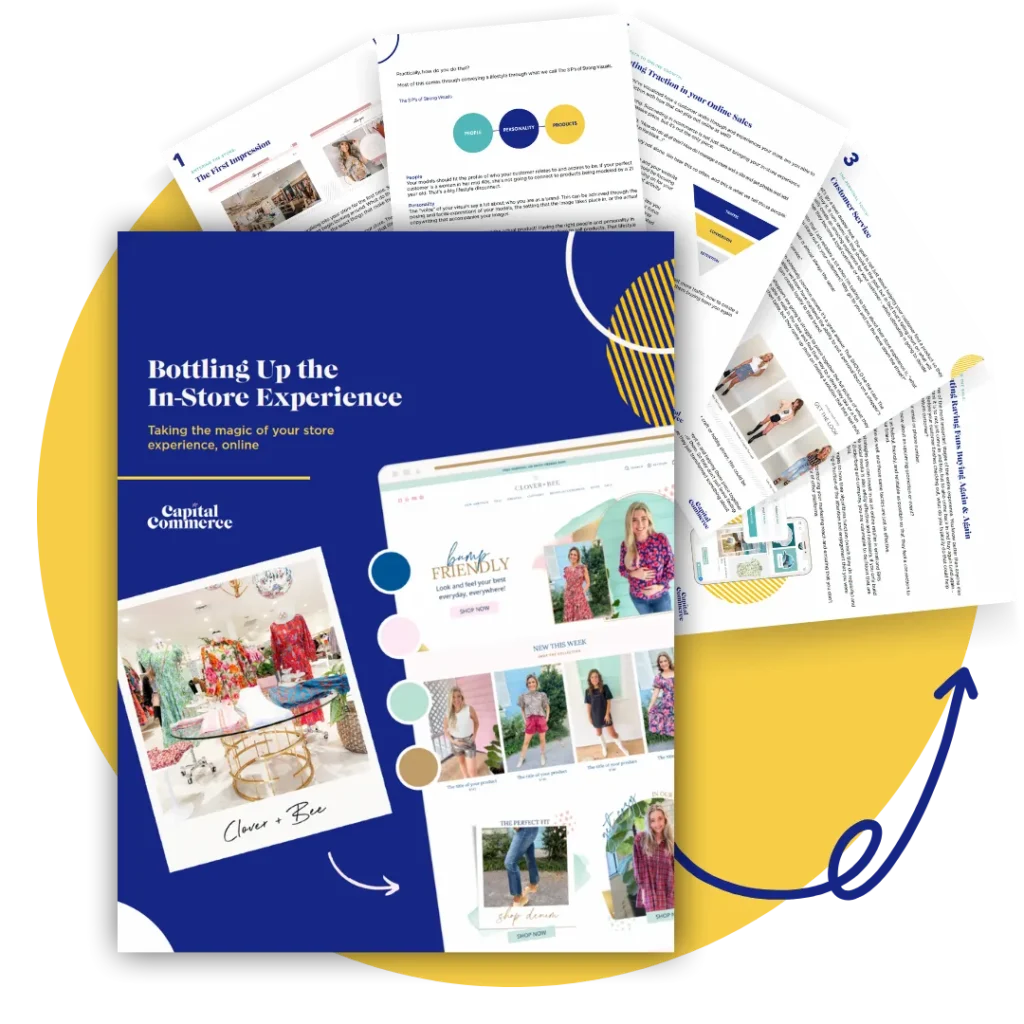A common mistake when first starting out with Facebook ads is to try and build an audience through Facebook’s targeting profiles – things like interests, location, gender, income.
That can certainly work well, especially if you’re patient in optimizing that audience over time, but if you’re just starting out and need to see some results from your ads quickly, there are better options to building your audiences.
In this article, we will be covering three audience types and how to build them.
Note: Because Facebook often makes changes to their ad manager interface, we will link to Facebook’s support instructions as much as we can, so your aren’t given outdated information.
How well do you know your place in the market?
Before you start spending chunks of your marketing dollars on Facebook Ads, it’s critical that you are confident about your customer (who you serve best) and your positioning (how you serve them better than competitors).
For additional help, check out Identifying and creating your competitive advantages to help with that.
Create a custom audience from a list.
Facebook lets you create a custom audience by uploading a list of names/emails. With each custom audience you build you can target only those people with your ads. This is by far the lowest hanging fruit available to you, so gather up the following spreadsheets:
- Past customers – Here’s an audience you know fits your customer profile (because they already bought from you!)
- Email subscribers – Most email service providers allow you to do a quick export of all your subscribers. Easy! It might be worth first pruning that list to remove anyone who hasn’t opened an email from you in the last 6-12 months. There’s a good chance they aren’t interested in buying from you and you don’t want Facebook wasting your money by showing ads to them.
- Contacts from a collaboration – an effective way to build awareness for your business is to collaborate with another brand that also serves your target customers. Run a giveaway with them that requires email signups or likes on your Facebook page to enter. You both should walk away with a contact list that can be used to build a new custom audience.
Now turn your customer list into a lookalike audience.
Once you’ve built those custom audiences from your existing contacts, the next best step is to create a lookalike audience.
A lookalike audience is an audience that Facebook builds for you based on the data they have from contacts you give them.
This is done by comparing commonalities among those contacts such as demographic, interests, gender split, etc.
Facebook uses their highly advanced algorithm to do their best in building an audience closely resembles the people who already bought from you.
We would advise that for your first lookalike audience, you limit it to just your customer list (and not the email subscribers or Facebook likes). This is because you want Facebook getting as close to the pin as possible in finding people that will buy something. Your past customers is certainly the best place to start.
Build an audience using your Facebook Pixel.
This last audience utilizes your Facebook Pixel, which tracks visitor data for anyone who comes through your website. If you do not already have one set up, follow these instructions to do that first.
Note: If you’re just now setting up your Facebook Pixel, you will need to give it some time to record new site traffic before Facebook can do anything meaningful with that data. 2-4 weeks should be sufficient.
Once you’ve set up your Pixel, there are three custom audience types you should set up as soon as possible.
- All website visitors – this is any person that visits to your site. Facebook lets you dynamically record this for up to 180 days.
- Visitors to certain pages/products – this is great for if you want to target only people who have viewed certain products or categories on your site. Or if your analytics are showing you that customers who land on a particular page of your site have a higher average order value, you can target just the people who have visited that page. This all depends a lot on what the goal of your ads are, but the Facebook Pixel allows you to do a lot of slick segmentation.
- Cart abandoners – one of the most important audiences are the people who were interested enough to add products to their cart and initiate the checkout process before ultimately deciding against purchasing. This means they were close, but just weren’t ready to pull the trigger. Use your Facebook Pixel to run an ad targeted just at the people who abandoned their cart.
* * *
The key with Facebook and Instagram ads is finding those audiences that are going to respond well to what you show them. These three approaches for creating audiences is the best way to get something off the ground that has a chance to gain some traction.
Once you’ve gained some insights on how these different audiences are responding, you’ll be able to refine your approach even further to get a better return on your ad spend.




